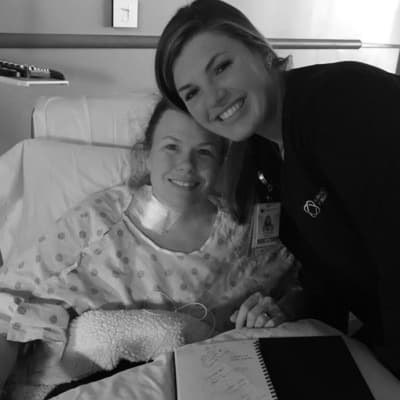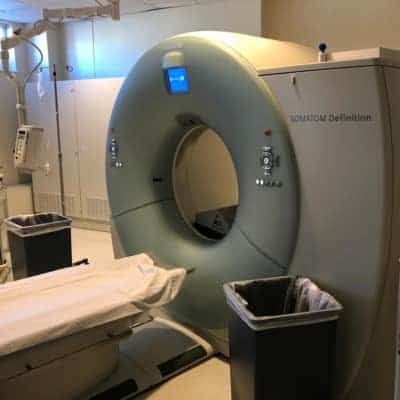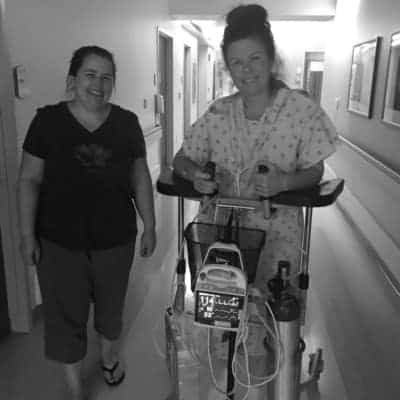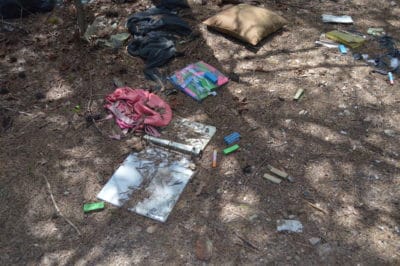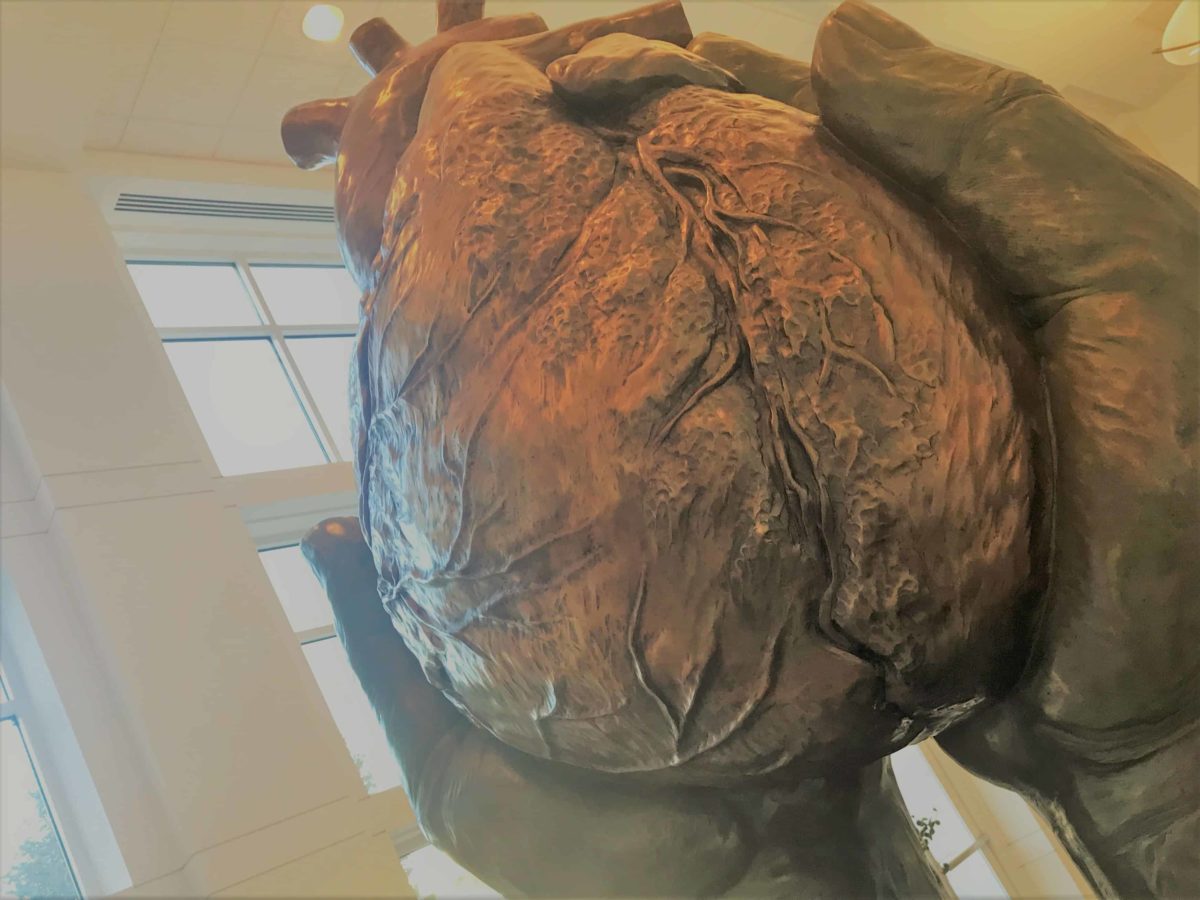

“The beginning of our happiness lies in the understanding that life without wonder is not worth living.” — Abraham Joshua Heschel
Three weeks ago, I had heart surgery at ECU’s Heart Institute. They turned off my heart and put me “on pump,” hooking me up to a heart/lung bypass machine. For seven hours, two cardiac surgeons and professors of cardiothoracic surgery, Dr. Hazaim Alwair and Dr. Wiley Nifong, worked together using the da Vinci robotic system to repair my mitral valve. We think I was Dr. Alwair’s 616th repair. STEM careers matter.
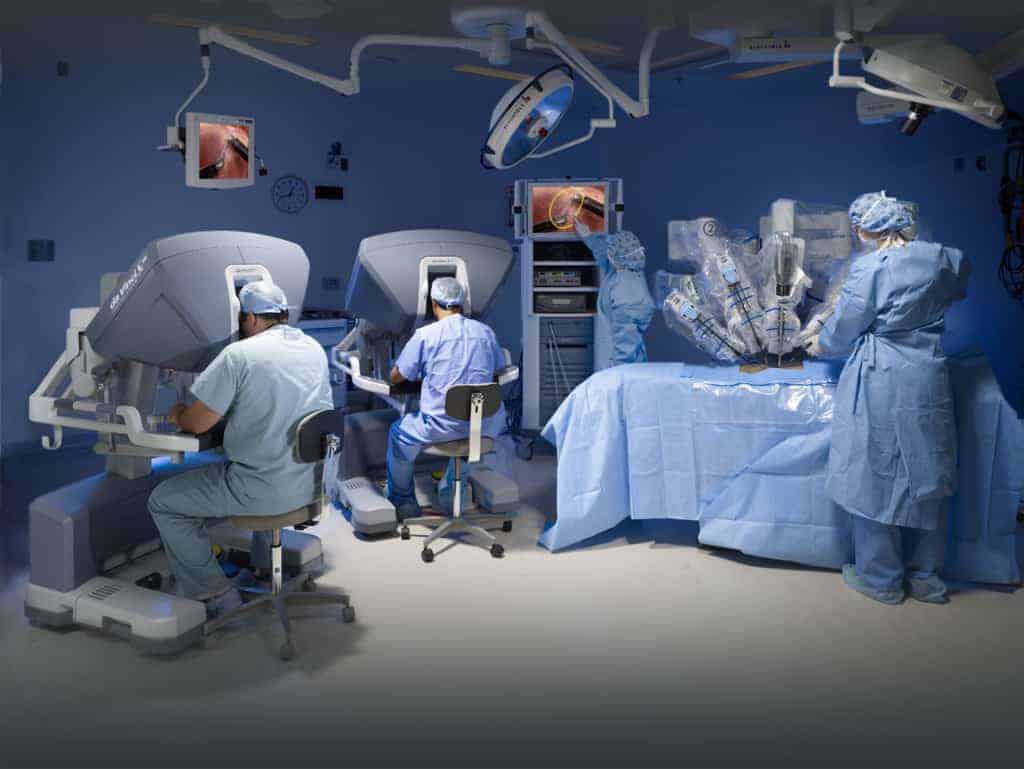

Allowing for minimally-invasive heart surgery, the da Vinci robotic system uses several small incisions, magnified 3D high-definition vision, and “tiny wristed instruments that bend and rotate far greater than the human hand.” It took two tries and an innovative approach for early Barlow’s disease, but the surgeons told me a couple of days after the surgery the repair was perfect. Dr. Nifong joked that the specifics of my case tested their intestinal fortitude.
According to the Social Security Administration’s life expectancy calculators, my life expectancy increased from five years to 35 years in those seven very long hours. Without the expertise of these surgeons and our Heart Institute, at best my mitral valve would have been replaced.
“More than 900 surgeons have come to Greenville to study the minimally invasive surgical techniques pioneered by these ECU surgeons,” says the website. The legendary Dr. Randolph “Randy” Chitwood pioneered this surgical technique and conducted the FDA trials. Since his retirement in 2015, Nifong and Alwair have led the Robotic Surgery Center for Training and Education at ECU.
“The Robotic Surgery Center for Training and Education, established in 2002,” continues the website, “trains surgeons from around the world in robotic cardiac and mitral valve procedures. The training program utilizes a surgeon-led approach. Surgeons are not only taught how to operate the surgical robot by a fellow surgeon, but also how to lead a surgical team in an environment, and through a surgical scenario, far different from what they may be accustomed to. We also offer the only advanced training for mitral valve repairs in the United States.”
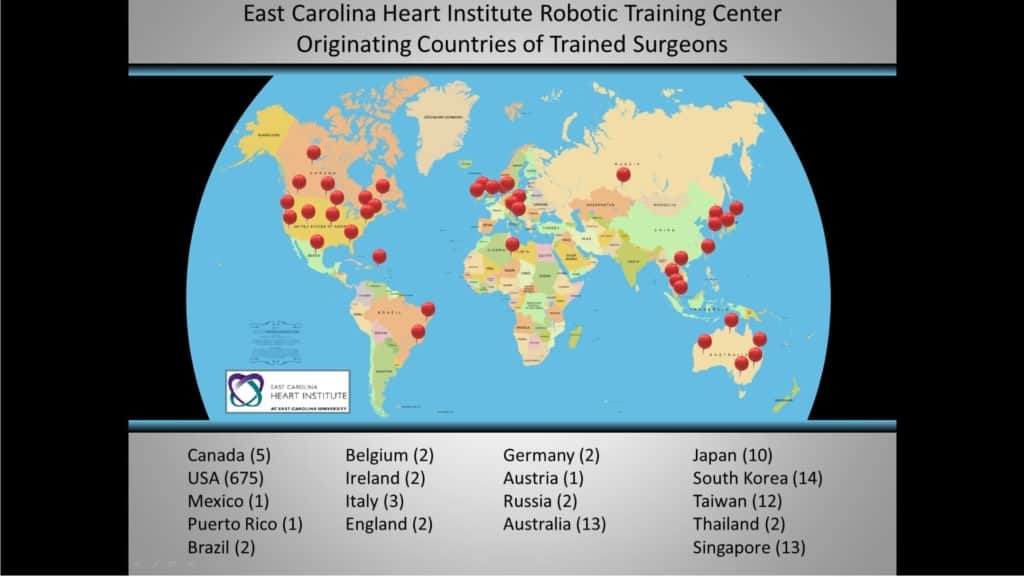

The facilities at ECU’s Heart Institute, which opened in 2008 and house the Center, include a “four-story, $60 million, 206,000 sq. ft. building” for rehabilitation, outpatient treatment, laboratories, offices, education, and research. Nearby in the Vidant Medical Center is a “six-story, $150 million, 375,000 sq. ft.” state-of-the-art cardiovascular unit with operating rooms, labs, and 120 patient beds. It is one of our “nation’s premier institutions for groundbreaking heart care and research.”
Wendy Stallings is a family nurse practitioner at ECU’s Heart Institute, and she was the first person to welcome me to Greenville, ECU, the Heart Institute, and to the medical procedure that would change the trajectory of my life. At once, Stallings sounds like the girl next door and the smartest person you have ever known. She told me where the best BBQ was. She drew a map of how to get around. The world of cardiac surgery involved a whole new vocabulary I did not know, and so she patiently taught me. She walked me through everything that would happen. She returned my phone calls in a jiffy, and when I was nervous, she said, “just drive on up here, and let me take a look.” I wish you could have seen her face when she took a listen to my newly repaired heart. She is “good people,” as we say in North Carolina.
How many hospitals strive to treat patients like family, strive to feel like home?
My hospital room was quiet and peaceful. The blankets were warmed. The staff — even the larger than life surgeons — were kind and concerned. Jordan, my nurse on the first night after surgery, learned about her career shadowing a cardiac nurse at the Beaufort Hospital in high school. She made sure she was with me on the last night before I was discharged.
Dr. Nifong grew up in Hyde County. His parents sent him away to boarding school, but he asked to come home, and he graduated from Mattamuskeet High School in Swan Quarter. Interested initially in vet school, Nifong went to N.C. State University, where he discovered he “was more interested in humans.”
Dr. Alwair grew up and studied in Syria, finished medical school in the United Kingdom, and initially came to ECU as a fellow with Dr. Chitwood. Chitwood invited him to stay.
“I wanted to be a surgeon,” Alwair says. “I wanted to make a difference.”
In this podcast with EdNC’s Alex Granados, Alwair talks about everything from being a cardiac surgeon to immigration, life balance, war, the importance of high quality medical care for all, and serving eastern North Carolina. Like all of the best leaders I meet, he understands and highlights the importance of his team.
In 2017, Vidant Medical Center employed more people in Pitt County than any other employer.
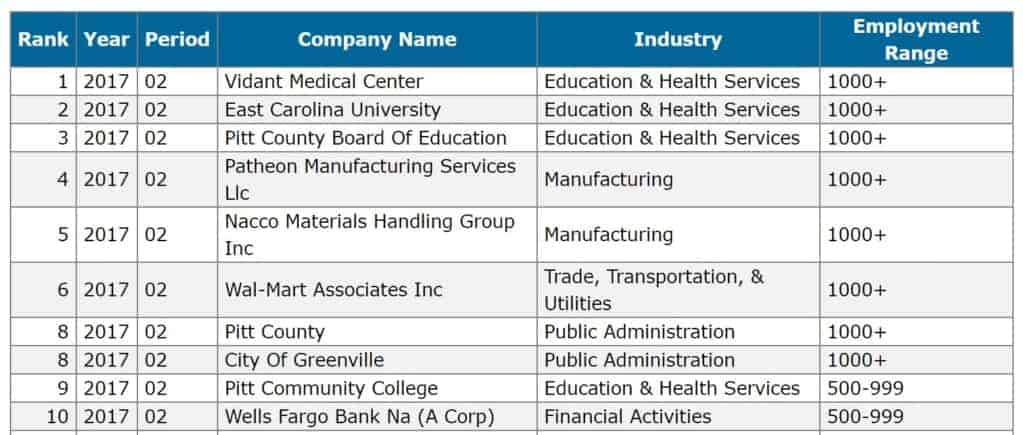

These are good jobs, which is good for the regional economy. Take a look at all of the different STEM job opportunities in the health field in Pitt County:
Source: Occupational Employment and Wages in North Carolina (OES), N.C. Commerce, Pitt County, 2017.
Always pushing forward to provide world-class medical care for eastern North Carolina and beyond, this place brings people hope. In 2017, Walter Jones in Craven County was the first patient to benefit from an implant called LVAD (left ventricular assist device) for people with congestive heart failure. In this article by ECU’s University Communications, Jones said,
“I knew I wanted more time.”
As I learned to walk again through the hallways of the hospital, I noticed that all of the monitors said, “From Ahoskie to Tarboro to Kenansville, thanks to an incredible team, we’re becoming the national model for rural health and wellness. Now that’s a vision worth focusing on.”
Eastern North Carolina lies in the stroke belt, a swath of counties through the southeastern United States with an unusually high incidence of stroke and other cardiovascular disease. I didn’t know about our Heart Institute before my surgery. Did you? As you can probably imagine, I love the fact that it is one of the best in our country, in the world, and it is located in eastern North Carolina, serving those who need it most.
On a quote board where people could write their thoughts in the hallway of the Vidant Medical Center’s cardiovascular ICU unit, one person wrote, “Believe deep down in your heart that you’re destined to do great things.” And so they all do, day in and day out.
Our Heart Institute and these people are full of wonder for me. This week at EducationNC, as we look ahead to 2018 and our future, this series will focus on all things STEM. Happy holidays, y’all.


